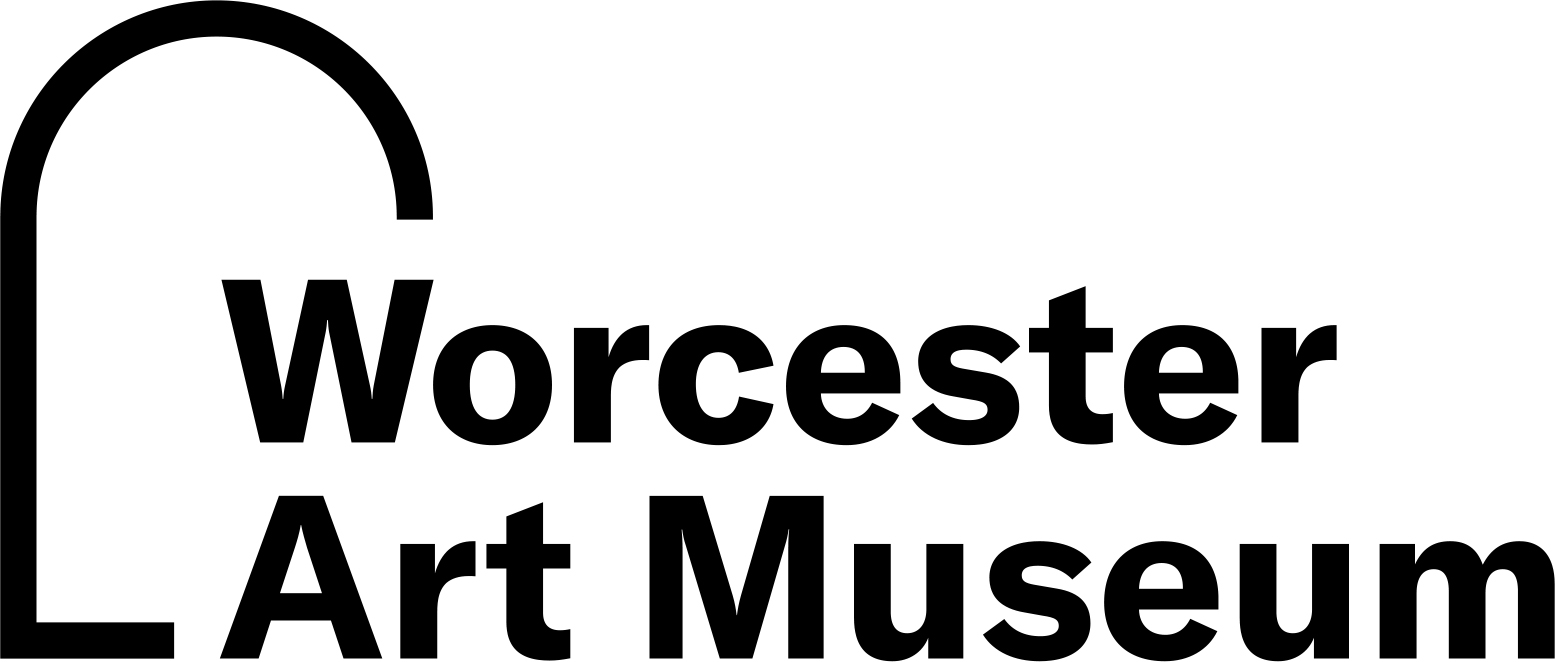Composite Stechzeug (armor for the "German Joust")
Artistpauldrons by
Valentin Siebenbürger
(German, 1510–1564)
Dateabout 1480–1540
Mediumsteel, brass, leather
Dimensions75.5 cm (29 3/4 in.)
Weight: 60 lb. 5 oz.
Weight: 60 lb. 5 oz.
ClassificationsArms and Armor
MarkingsHelm and cuirass have chiseled, chevronic marks within, and a like mark but transversely crossed at the apex above on the outside. These might be variants on the "A" found on the besagew. The pauldrons have punched serial dots, a Nuremberg view-mark and the mark of Siebenbürger, with painted "NR20" within the left pauldron. The besagew has the etched arms of Nuremberg surmounted by an "A", and painted "W.1322" on reverse (inventory number from Germanisches Nationalmuseum). The poldermiton has punched serial dots. The manifer has "v"-shaped nicks (some later) on the internal edges, and painted "W.1320", "W.1321" within.
Credit LineThe John Woodman Higgins Armory Collection
Object number2014.1164
DescriptionConsisting of Stechhelm; Breastplate with rest and associated waistlame; Backplate (possibly a working-life alteration from a field backplate); pauldrons (not quite a pair; by Valentin Siebenbuerger. about 1540); Manifer with associated pasguard; Poldermiton; Besagew; restored Queue. Skirt and tassets lacking.Aside from the exceptions noted above, all components date to the end of the 15th century; there have been multiple working-life associations and alterations.
There are numerous lance marks on the left side of the prow of the helmet, not as many on the right. Some of these are quite deep. There are a couple of glancing marks on the left side of the upper plate of the helm. There are deep marks on the besagew, and some gouges on the manifer, notably the back of the left hand, which appears to have been penetrated by a lance at some point and subsequently repaired.
The height given in the database is probably only to the base of the breastplate. Actual dimensions, approximate/as mounted: H 81.5cm (top of helm to base of Schwaenzel/tail); W 71.5 (elbow to elbow); D 59 (front of manifer to tip of queue).
Label TextTournaments were the definitive sporting event of the Middle Ages. Early versions were little more than slightly subdued battles fought across open countryside. By the 1400s, jousting had become the preferred form of tournament event, featuring two knights charging each other on horseback with 11-foot lances. Specialized jousting equipment was developed to improve safety. Jousting took many forms, each with its own rules and equipment. This suit was designed for the “German joust,” in which the jousters wore heavy protective equipment that severely restricted their vision and mobility.ProvenanceSuit, excluding pauldrons, poldermiton, manifer, besagew: by 1808, Counts Erbach-Erbach, Erbach im Odenwald, Germany; (E. Kahlert & Sohn, Berlin); Clarence H. Mackay [1874-1938], Roslyn, Long Island; (Jacques Seligmann & Co., Inc., New York, NY); April 1, 1940, Higgins Armory Museum, Worcester, MA; January 2014, transferred with Higgins Armory Collection to the Worcester Art Museum. Pauldrons, poldermiton, manifer, besagew: probably Nuremberg Armory (Zeughaus); Germanisches Museum, Nuremberg; around 1905, Counts Erbach-Erbach, Erbach im Odenwald, Germany; (E. Kahlert & Sohn, Berlin); Clarence H. Mackay [1874-1938], Roslyn, Long Island; (Jacques Seligmann & Co., Inc., New York, NY); April 1, 1940, Higgins Armory Museum, Worcester, MA; January 2014, transferred with Higgins Armory Collection to the Worcester Art Museum.
On View
On viewCurrent Location
- Exhibition Location Gallery 109
Michel Witz the Younger
1530s
workshops of Wolf and Peter von Speyer
about 1590–1600
Michel Witz the Younger
about 1530













